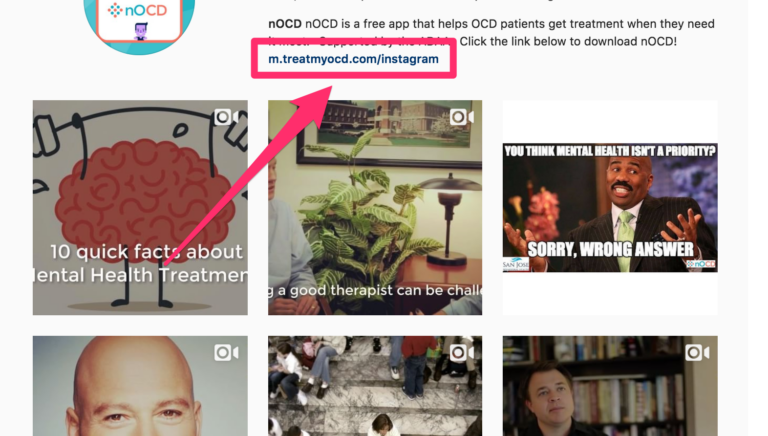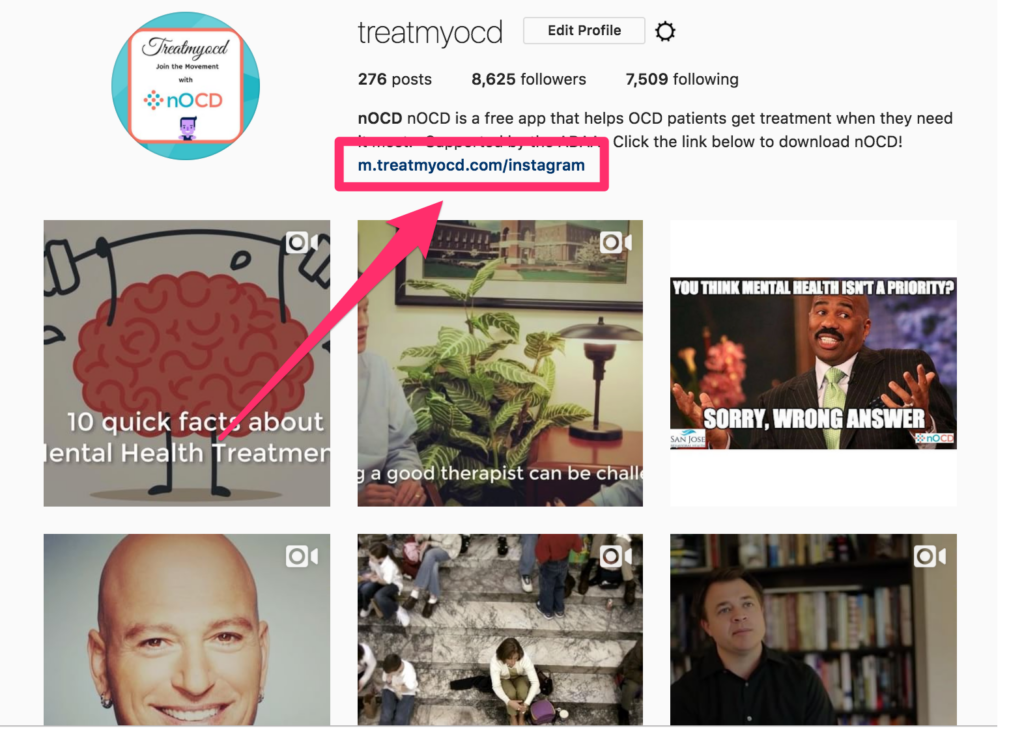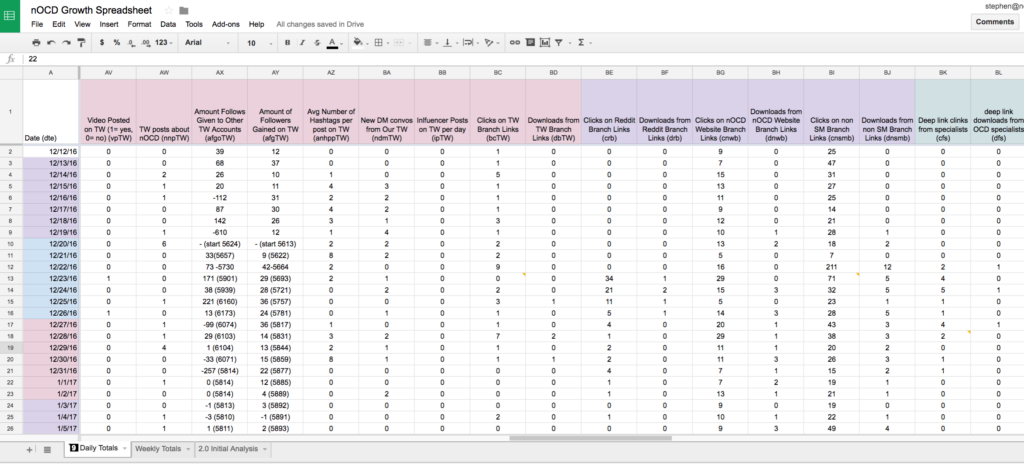This is a guest post by Stephen Smith, Founder and CEO of nOCD. nOCD gives people with OCD effective therapy and real-time data about their treatment, helping users live more and worry less.
I’ve come to a conclusion: the most essential piece to any early stage company’s marketing strategy is data. Without empirical data, it’s virtually impossible to allocate limited resources efficiently. Early stage companies generally do not have an abundance of capital and labor, so it’s imperative those companies use such efficiently, or face closure.
As the founder of nOCD, a mental health app dedicated to helping people with Obsessive Compulsive Disorder, I assumed most users probably found us online. But I didn’t know how. We reviewed over twenty locations where users could find us in the digital marketplace and then used Branch links to measure the traffic from each one.
Driving Growth With Branch Links
First, we created custom domain links (for instance, m.treatmyocd.com/instagram) and dropped them in places including Instagram, Facebook, Twitter, Reddit, Linkedin, our website, our partners’ websites, our email footers, our blog posts, and more. We included Branch links in our social media “bios” making it obvious for potential users to click on. We also found our non-social media community consistently drove clicks without needing much effort.
Once we noticed some general trends from the Branch data, my team and I created a giant spreadsheet where we saw the positive correlation between Branch link “clicks” and “new users acquired.” We found that we had many Branch link clicks on the days we acquired the most users. From this correlation, we wondered, “What drives consistent Branch Link clicks?”
The answer: it depends. We found on our social media accounts that the amount of time spent interacting with our community directly increased Branch link clicks, since more time spent interacting equated to more targeted impressions, which ultimately led to more users. It became clear we had an active, outbound marketing strategy on social media, where we could predict our outcomes (new users acquired) by controlling for the amount of effort expended on social media each week. Additionally, we had a passive, inbound marketing strategy, where we would place ourselves strategically in the marketplace, enabling users to find us by search.
Branch Links, Different Channels
Although the passive marketing strategy is probably more cost effective and scalable long term, my company and I had to show short term growth (to survive). The active strategy became our primary focus. We thought, “If Branch helped us find our active social media strategy, could it help us find another strategy?” Our board member, longtime healthcare entrepreneur, Glen Tullman (CEO of Livongo Health), strongly encouraged us to directly market to clinicians. Therefore, reaching out to clinicians became our additional focus.
We thought, “let’s do an A/B test and figure out the best way to get clinicians excited about nOCD and the benefits it has for their patients”. We first had to build a database of clinicians one by one, which was grueling work, since most mental health websites protect their clinicians against searching algorithms. Once we obtained about 5,000 clinicians, we figured our sample was large enough to test. “Strategy A” focused on cold contacting clinicians, putting the same deep link in each email and then seeing the number of clicks each link had daily. “Strategy B” entailed sending out a digital newsletter and adding mental health clinicians one-by-one.
The Branch click data and response rate showed “Strategy A” had little effect, whereas “Strategy B” worked brilliantly! This result was likely highly dependent on the audience we were trying to reach, and it was the analytics available to us through Branch links that made it possible to A/B test our hypothesis.
Because of what we learned from our Branch centered digital marketing campaigns, we have been able to grow our newsletter to over 30,000 subscribing mental health clinicians in the United States (28.5% open rate), and our social media community to over 15,000 people in a span of 10 months, all with $0 in marketing. Branch has shown our team that we don’t need a large marketing budget to be successful growth hackers, a principle other early stage startups should embody. Thanks to Branch, nOCD has become the largest OCD treatment community in the world. We are excited to grow alongside Branch.
























